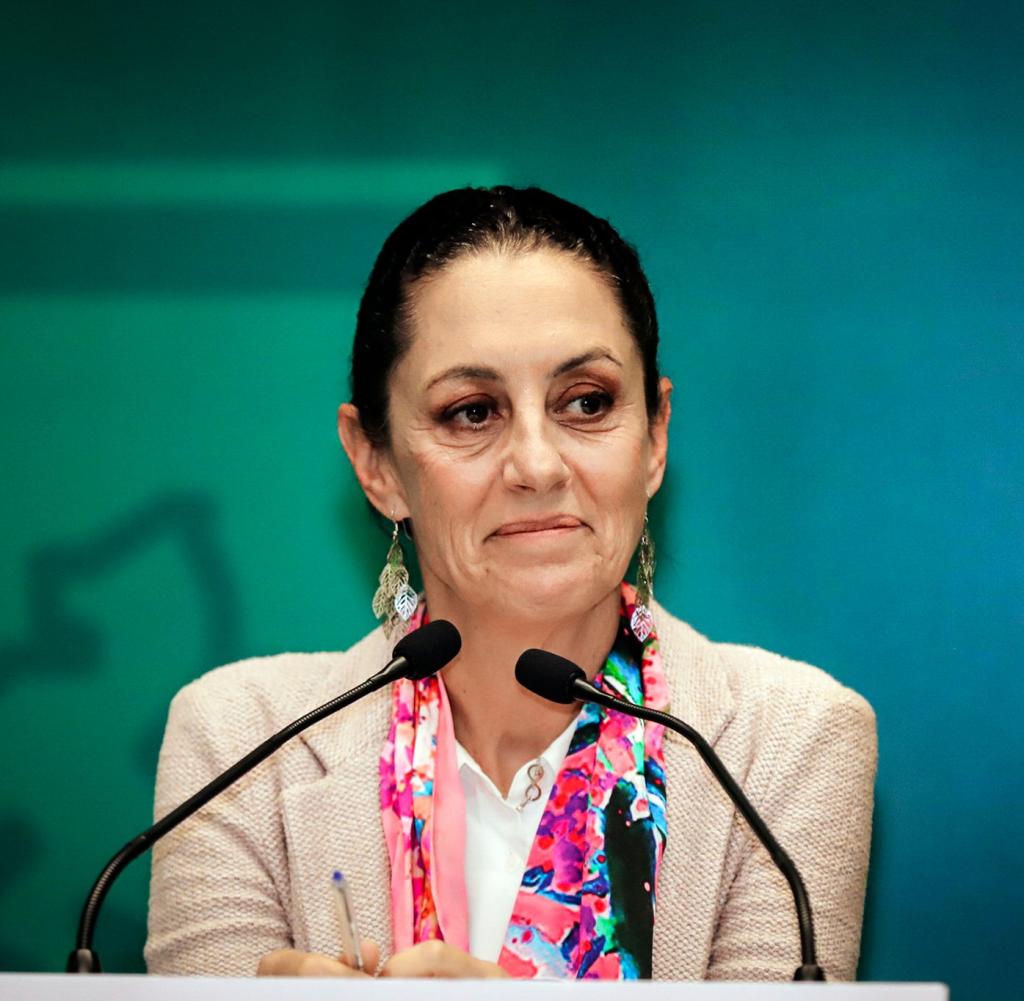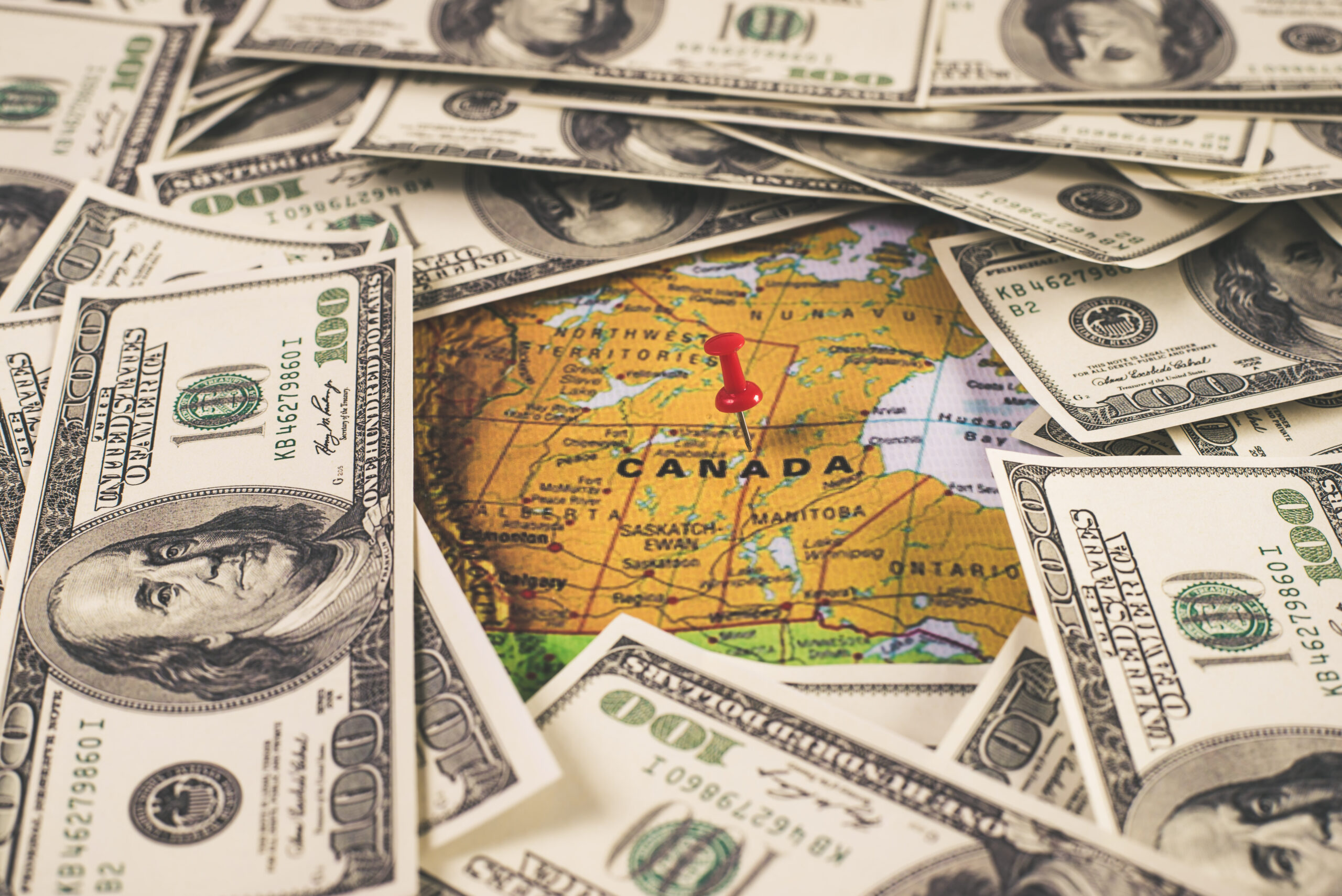It’s that time of year again. Municipal councils are huddled with town managers and directors arguing back and forth to come up with the 2015 budget. In the end, one single number will be the indicator of whether the work was successful or not. The tax increase that residents will face. Given it is the first full year of a four year term and the next election is well in the future, this increase will likely be the largest.
Alberta homeowners have seen an incredible rise in the residential tax of 151% from 2002 to 2012. That is the amount the municipality collects not including the education portion. This number has been lost in the rapid population growth of 24% and even higher growth of homes at 30%. The Bank of Canada put the inflation rate at about 21% for this period which means that the average homeowner has seen their tax bill almost double over the same 10 year period.
Municipalities often use the ‘tax rate’ or ‘mill rate’ to communicate to the public what the tax increase has been year over year. That is the dollar amount for every $1,000 of assessed value of the property. The problem with representing it this way is that property values have risen significantly, so a small tax rate increase is still a large dollar increase if the value of the property has gone up.
Prosperity has been a consistent part of the fabric of Alberta for some time. Frugality also used to be a big part as well, right up to the end of the Klein era. Saving tax payers money just does not seem to resonate as it once did, at least according to the numbers.
A search on Google Trends indicates that people were 3 times more interested in “knitting” as opposed to “city tax”. Unfortunately that number has slipped even further over the last 12 months to below 1 in four. While the interest in knitting has been quite consistent over the years, what people pay for property tax isn’t. It just can’t compete with all the press of the Alberta provincial government and the much more exciting municipal personalities of the east.
So, in the end is the massive increase justified? Are municipalities providing more than in the past or merely responding to the wishes of the voters? Perhaps, other forms of revenue such as commercial tax, fees or even provincial grants have not been able to keep up. We will have a good look at these in future articles.
What if municipalities had kept taxation to just growth and inflation? What would the average tax bill look like? The savings would have been about $540 per household or about 830 million dollars annually. Is it enough to get excited about? Not according to the numbers.
At your next council question period ask “Would you be willing to keep taxation to growth plus inflation?”
Tax savings not a priority for Alberta municipalities
In response to Canada's Online News Act and Meta (Facebook and Instagram) removing access to Canada's local news from their platforms, Anchor Media Inc encourages you to get your news directly from your trusted source by bookmarking this site and downloading the Rogue Radio App. Send your news tips, story ideas, pictures, and videos to info@anchormedia.ca.









